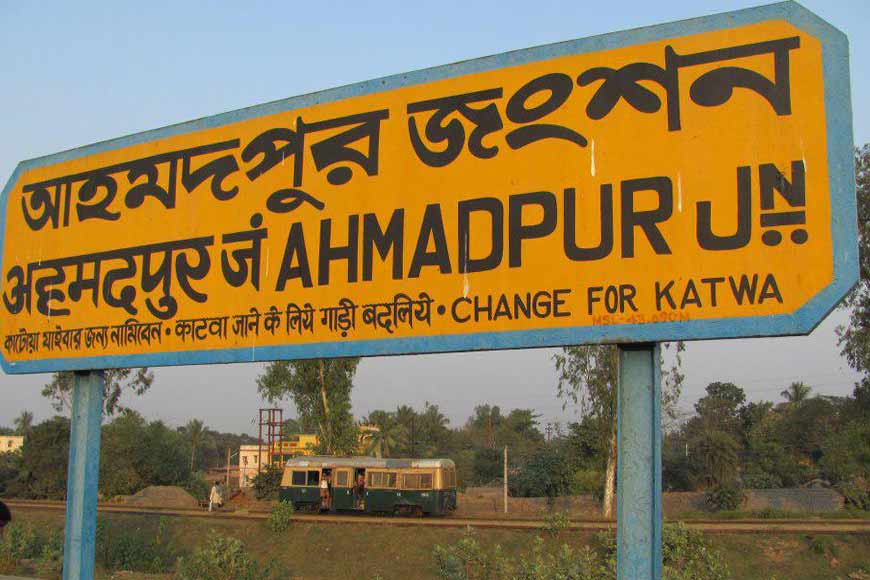Who were the Ghatwals of Bengal’s Amodpur? They saved us from Bargi attacks!

The Birbhum zamindari was created as a sort of military tenure by Murshid Kuli Khan, the Subedar of the province (1717-1727). The Raja of Naogore, holding the zamindari, partly as a semi-independent chief and partly as a fief-holder, was responsible for the defense of its western frontiers against frequent invasions by ‘bodies of dacoits and robbers’ belonging to ‘wild frontier tribes’ (the Bargis or Maratha invaders) , who in those days made repeated, continual incursions and descents into the district through the extensive tracts of jungle territory in the west.
In order to cope with the problem of ensuring the security of the kingdom, from this recurrent external aggression, the area was encircled by a wall and the entrance to the kingdom through the mountain passes or ‘openings called ‘ghats’ were safeguarded. The custodians or people appointed to guard these ‘ghats’ were called ‘ghatwals’ and grants of land was made to these is ‘frontier police’ for rendering police and military service in connection with the defense of the ‘ghats.’
Between 1741 and 1752 the ‘Bargis’ repeatedly attacked different parts of Birbhum and plundered the kingdom. At that time, the Dewan of Rajnagar, Badi-uz-zaman Khan ‘s (1718–52) two sons, Ahmad-uz-Zaman Khan (1752-1777) and Alinaqui Khan summoned the ghatwals to defend their territory. They selected brave ghatwal youths and created a ghatwal regiment who could take on even the most ruthless enemy with their batons. Ahmad-uz-Zaman Khan succeeded in driving away the Maratha invaders and chased them till the present-day Amodpur. He founded a new town here and named it Ahmadnagar. Later locals twisted the name and now it has become Amodpur. After the Bargis were driven away and Ahmad-uz-Zaman Khan and his army went back to Rajpur, a few ghatwals decided to stay back in Amodpur and its vicinity.
Much later, independent zamindars employed these Ghatwals to guard their plot or water bodies. But the Ghatwals are a fast vanishing tribe today. They live in groups and can still be found at Rajnagar and in the western flank of Amodpur Railway Station in the same district. This locality has now come to be known as Ghatwal Para. According to another source, during the reign of Gurudas Singh, the last ruler of Siuri, there were strong rumours of Bargi attack and Gurudas created an army of ghatwal warriors. They guarded the walled city and canal that was dug to create barriers and keep enemies at bay. After the Maratha invasions ended, the importance of the ghatwals also reduced gradually.
They were later employed to collect tax and fares from commuters who used the waterways frequently. They also guarded the ‘ghats.’ But the ghatwals of Amodpur claim their ancestors hailed from Dumka in Bihar. When the British East India Railway Company was laying the Burdwan-Sahebgunj railway tracks, the ghatwals were brought in to work in the project. After completion, they were later employed as guards in the railway go -downs of Amodpur. After the British left, these ghatwals did not go back to Dumka. They instead chose to make Amodpur their home.
At present, around 40 to 50 ghatwal families live in Amodpur. They have been categorized under Scheduled Tribe but unfortunately, they are still illiterate. They live in abject poverty and eke out living by doing odd jobs. Most of the male members of the family have migrated to other states in search of employment. They work as masons or coolies. The females work as house maids. Alcohol and other substance abuse are very high among them. Stories of their forefathers’ bravery is a forgotten chapter that most do not even want to acknowledge. Life goes on for them and they take each day as it comes, stoically.









